The sun burst out of its minimum this weekend with a series of explosions on Saturday May 22nd, the likes of which haven't been seen in years. While I missed the burst, I captured images of the offending spot on Sunday--my first solar images in 2 years:
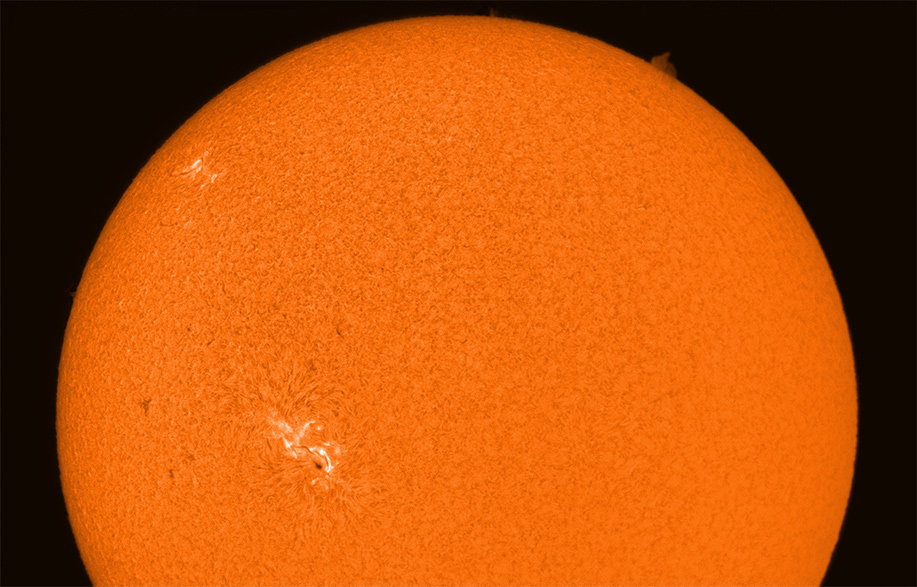 |
| AR 2824 and friends Ha 5/23/21 21:11 UTC |
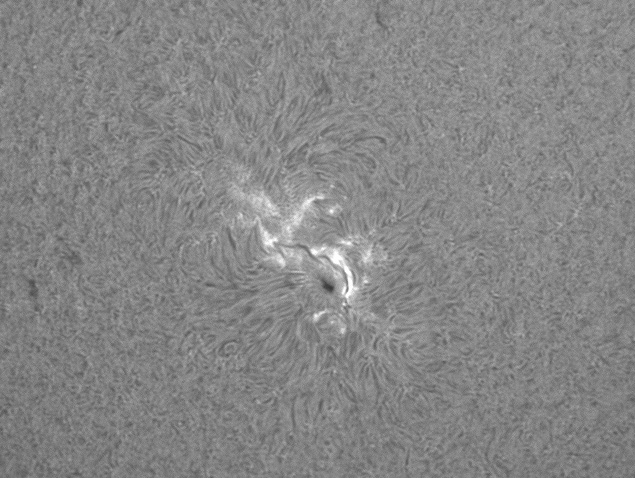 |
| AR2824 Ha 5/31/21 21:21 UTC |
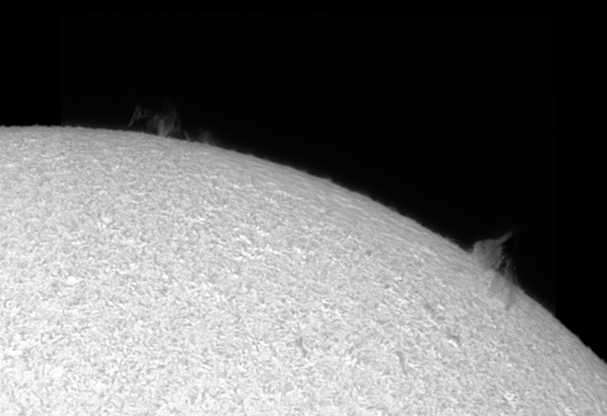 |
| Solar Prominences Ha 5/23/21 21:05 UTC |
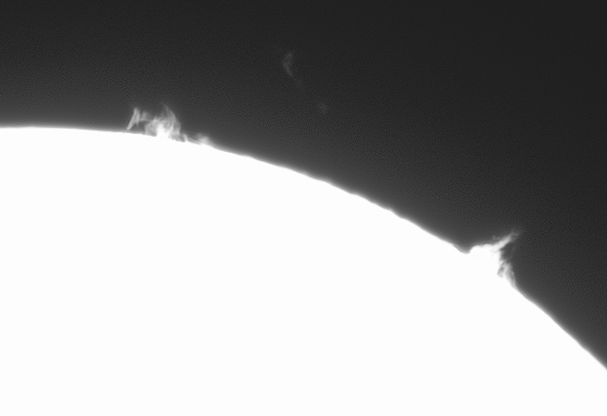 |
| Something lifting off? Ha 5/23/21 21:03 UTC |
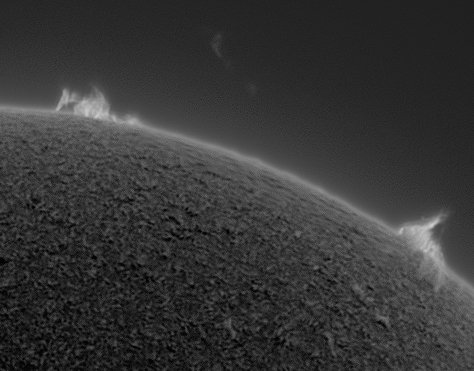 |
| artistic composite view (exclusion) Ha 5/23/21 |
The bursts are forecast to hit earth's magnetic field in the late hours of May 25th, potentially triggering auroras. A big bonus for north western viewers staying up late for the lunar eclipse in the wee hours of May 26th.
the accompanying radio bursts were so loud they drowned out a local thunderstorm (Thomas Ashcroft's radio data):
While NASA's Solar Dynamics Observatory recorded a series of flares:
Here's a list of annual sunspot activity over 15 years from spaceweather.com, a great site for solar activity information. showing the minima around 2019 and 2008, confirming an 11 year solar cycle that's been documented for centuries:
Spotless Days
Current Stretch: 0 days
2021 total: 46 days (32%)
2020 total: 208 days (57%)
2019 total: 281 days (77%)
2018 total: 221 days (61%)
2017 total: 104 days (28%)
2016 total: 32 days (9%)
2015 total: 0 days (0%)
2014 total: 1 day (<1%)
2013 total: 0 days (0%)
2012 total: 0 days (0%)
2011 total: 2 days (<1%)
2010 total: 51 days (14%)
2009 total: 260 days (71%)
2008 total: 268 days (73%)
2007 total: 152 days (42%)
2006 total: 70 days (19%)
Updated 24 May 2021
Image details:
Ha full disk Lunt 60 PT double stacked
zwo ASI 290MM
FPS (avg.)=39-178
Shutter=0.331-1.78ms
Gain=351 (unity)
East Bluff, CA
5/23/21
21:05-21:11 UTC
No comments:
Post a Comment